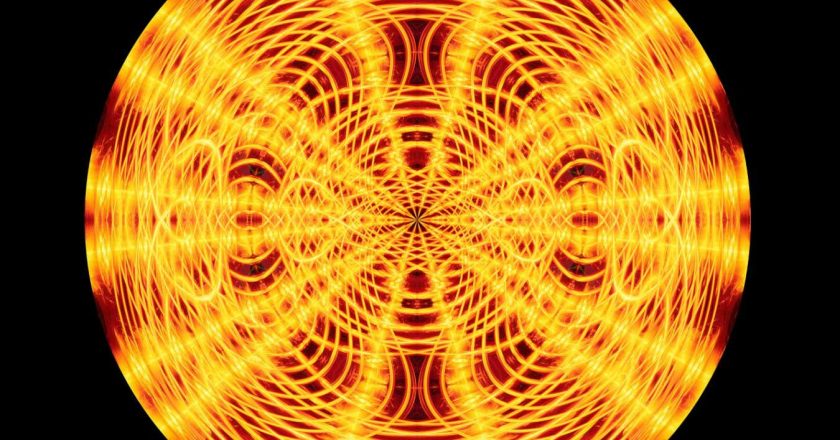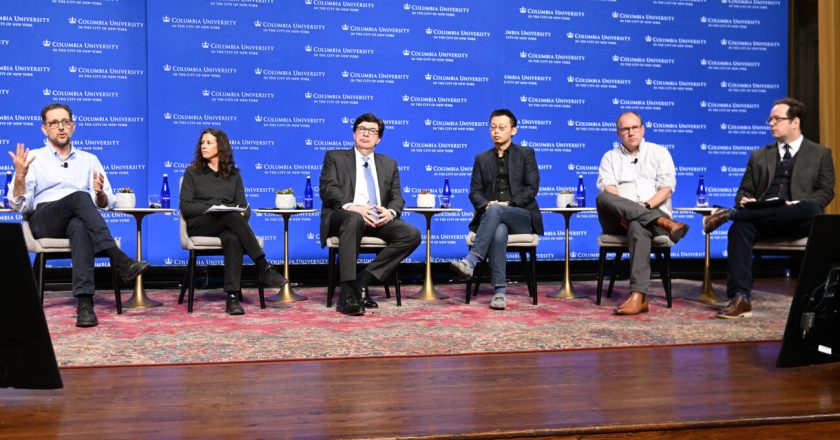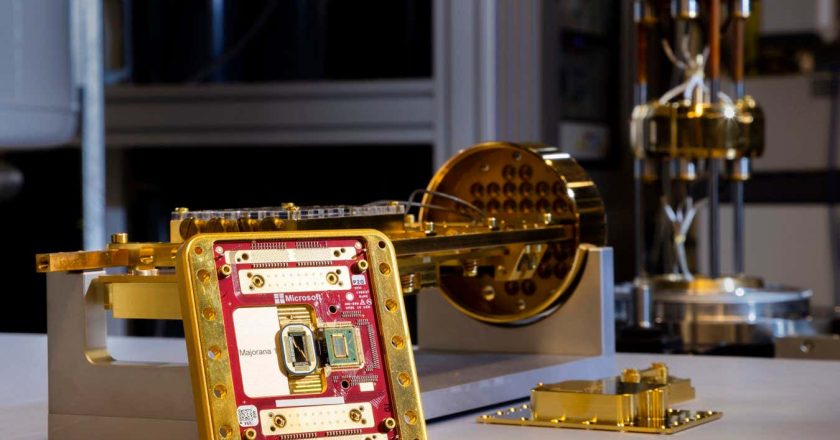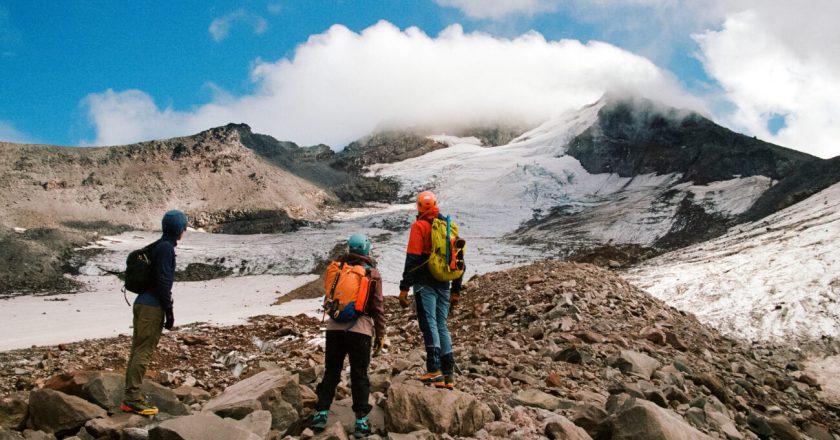Hypnotic art has its roots in the terrifying reality of nuclear bombs
Nuke Image Circle, 2024James Stanford
The kaleidoscopic patterns in this artwork draw the eye towards its glowing centre. Despite its dreamy, hypnotic effect, however, the work has its roots in the terrifying reality of a nuclear bomb.
Its creator, artist James Stanford, grew up in Las Vegas, Nevada, near where more than 200 above-ground nuclear tests took place in the 1950s and 1960s. His new interpretive photography series, Atomic, draws from both the nuclear landscape of his childhood and his time as a technical illustrator for the US Atomic Energy Commission.
The main image is Nuke Image Circle, 2024. Below, Stanford is shown beside Spectre Fission.
James Stanford is shown beside Spectre FissionNephology LTD 2025
“With the Atomic series, I was trying to show both t...




